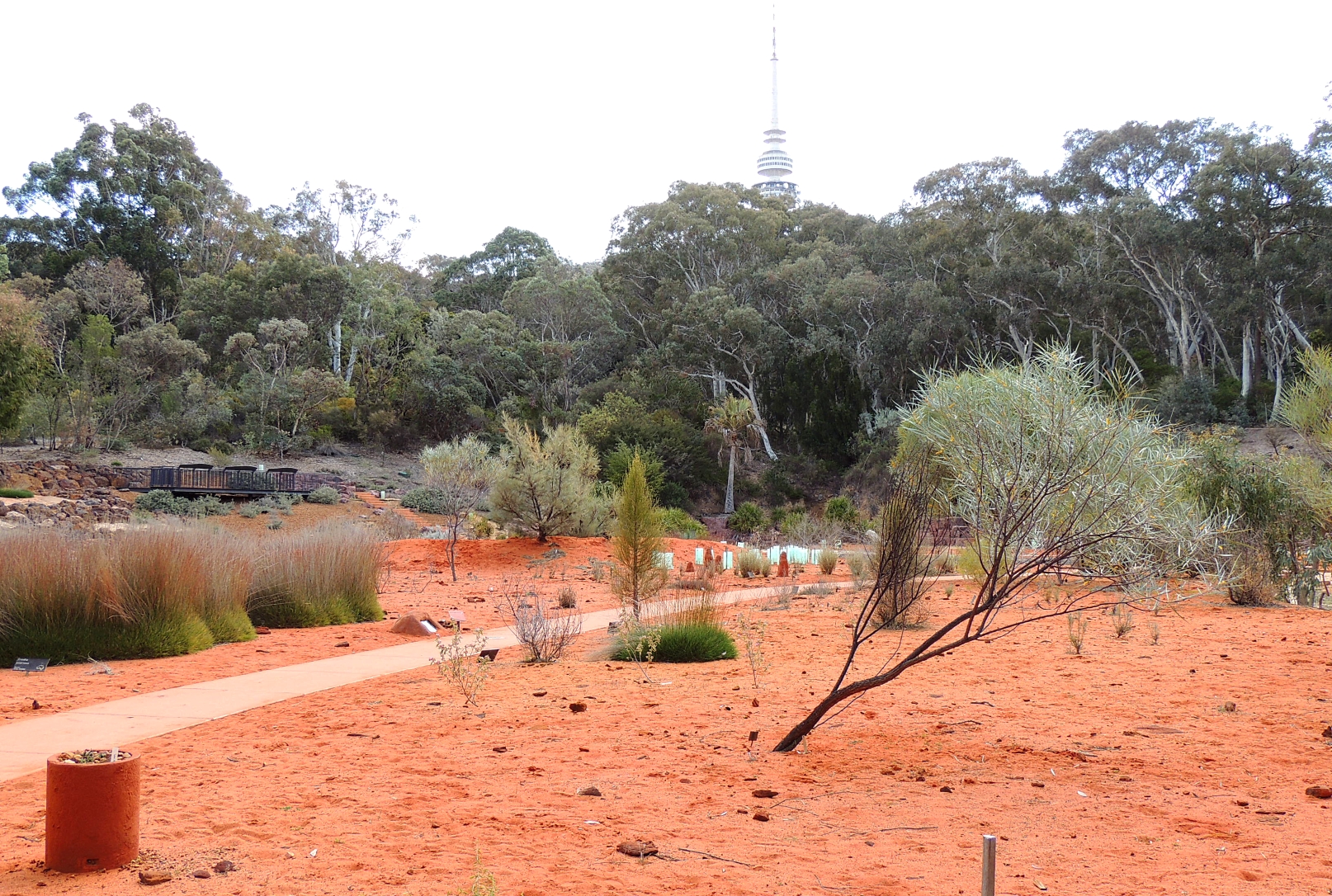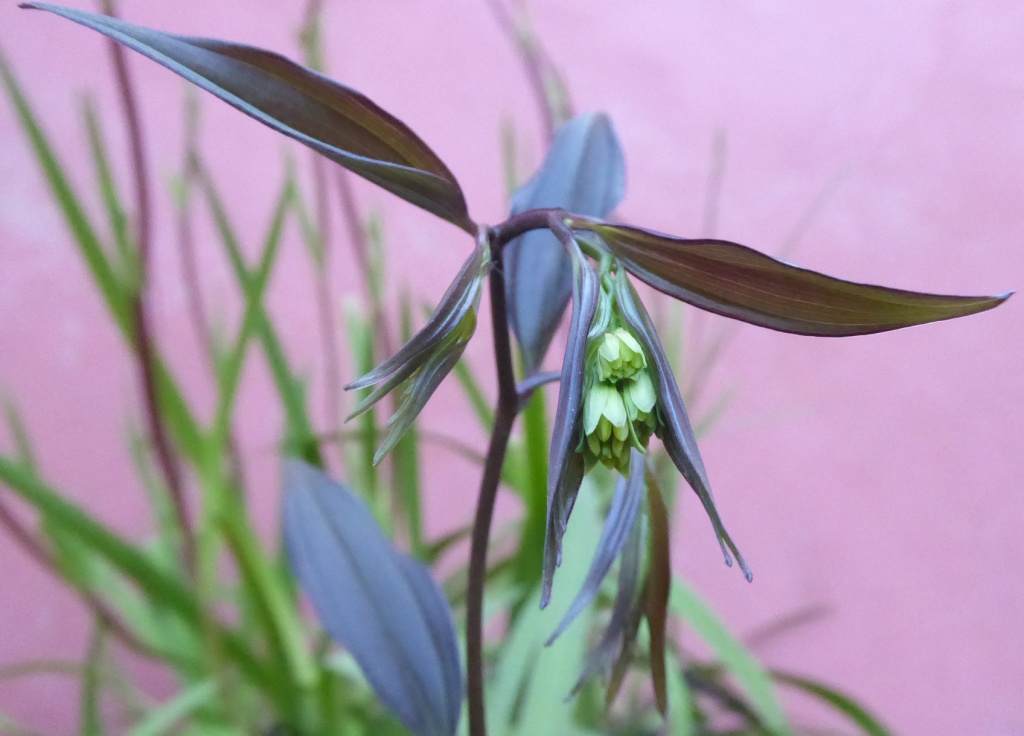
This is such a strange and fabulous plant. Disporum longistylum ‘Night Heron’ was collected by the great plantsman, Dan Hinkley, in China in 1996. So recently discovered! I discovered it from an online catalogue, not quite the same thing as China, and then very nearly lost it last year in the great heat, despite the shade. So it has lost a year of real growth. But, now in a pot, taking shade from the gingers in the summer and getting regular watering, it has flowered for the first time. It is bamboo like in the sense that single stems rise up from the ground, but the flowers are unlike anything else, very muted, elegant and draping beautifully. I wondered about the name ‘Night Heron’, but this photograph kind of explains it, as a wide, dark wingspan is formed by the leaves. I am so looking forward to it really settling in.
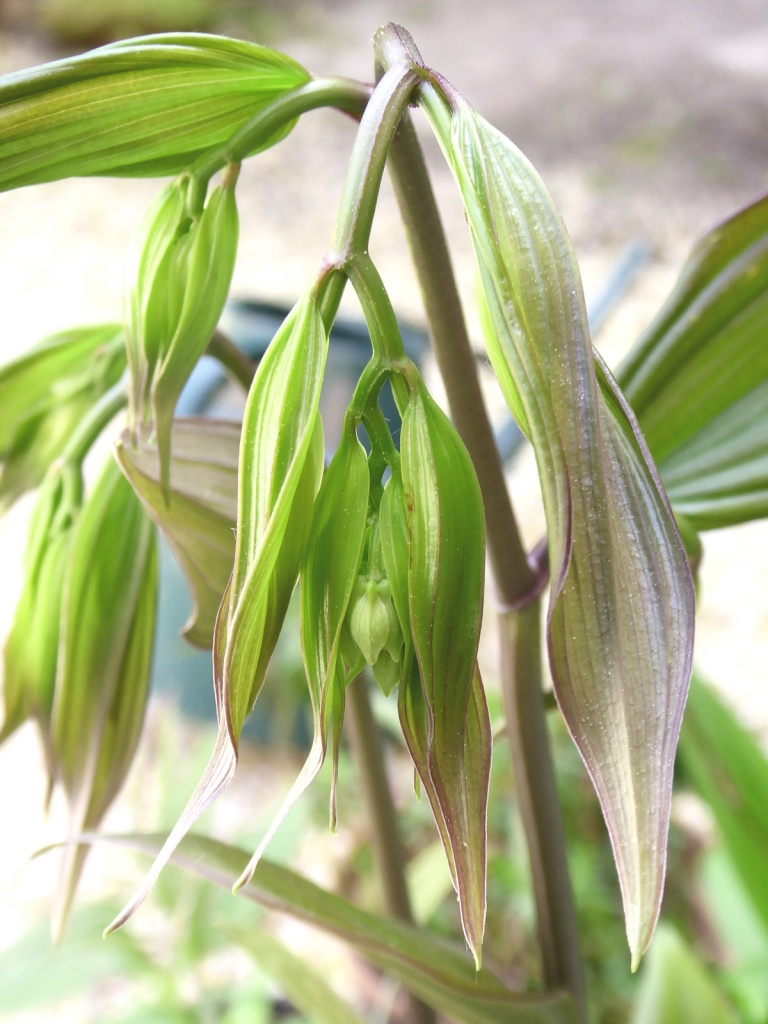
This is the big cousin of ‘Night Heron’. ‘Green Giant’ is a much beefier plant, and if anything, the flowers drape even more from the firm stems. ‘Green Giant’ took the heat a little better, but had to be moved all the same. Both patients are doing well.
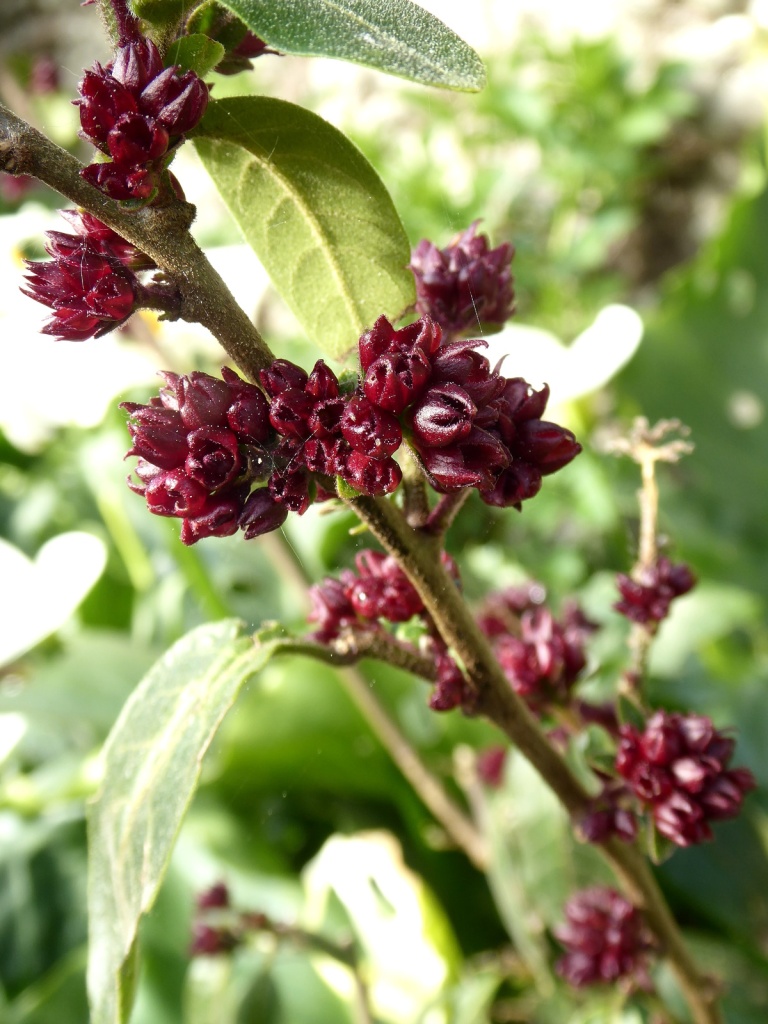
Poor old Cestrum elegans has had a rough time of it. The drought last summer and the heat put it under a lot of strain and it attracted cestrum-eating predators and, for a while, it was just leafless stalks. I thought about lifting it, but then decided to see what would happen as the heat decreased. It enjoyed winter, though it was a fairly dry one, but maybe the stress it was under set up this plethora of small flowers, which have covered the stems. I gave it a clipping to take out the dead wood, and once it has flowered, I will try pruning it back to a good re-starter shape. It would be nice to see it back in 2019 shape, fingers crossed.
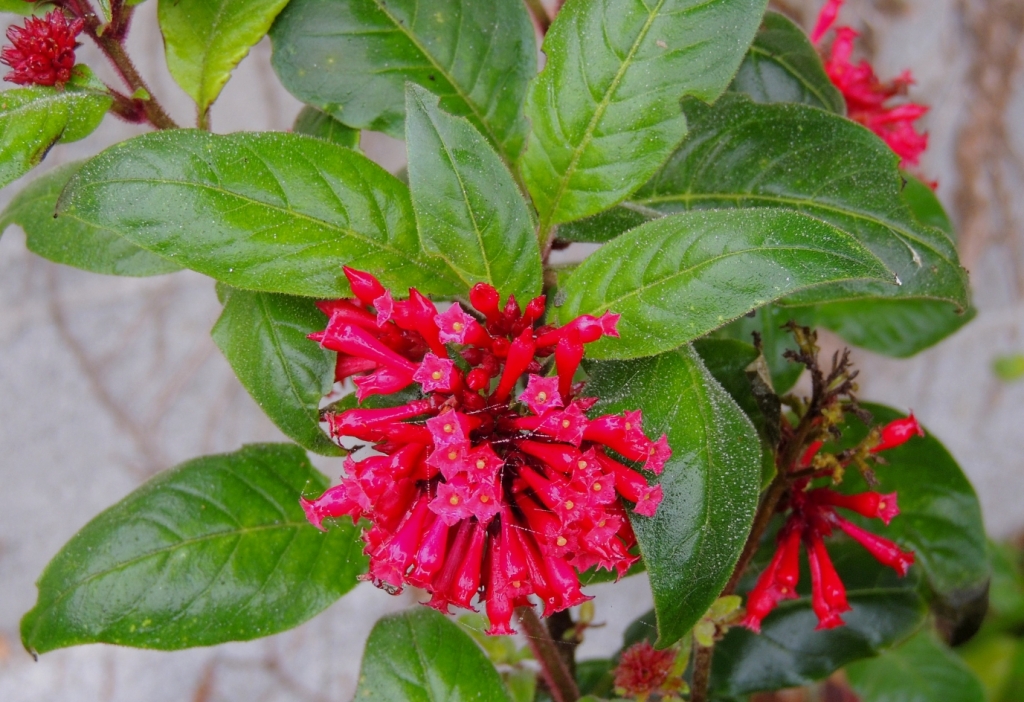
When you plant in difficult conditions, you have to allow for slow growth and time for a root structure to form that will support the plant in those conditions. So, for the ‘garrigue’ garden at the front, I now count two years at least before a plant really looks ready to take off. ‘Juniperina’ is reckoned to be the hardiest of the Grevilleas, but even so, these plants have needed all the time to settle in. It’s the same pink-red tone as the Cestrum, but the intricacy of the flower structure is enchanting, I think. Over 15 years in Tostat, my Grevilleas grew to 3-4m high and wide, so I am really hoping for that effect in the future. By contrast, another Australian plant that I love, Callistemon’Widdecombe Gem’ is still looking moody, I hope for the best.
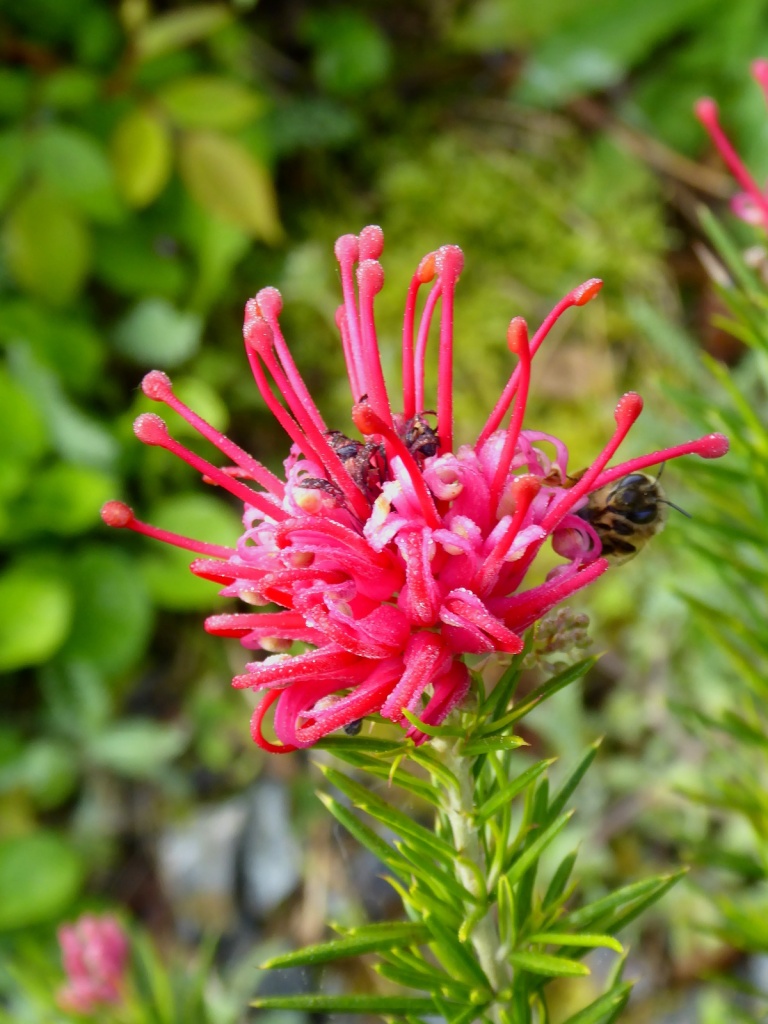
I couldn’t remember when I bought the seed for these Kniphofia rooferi, so I trawled back through my emails to find out. Back in the auumn of 2021 I bought and sowed the seed, so here we are, nearly 2 years later, and six junior plants are installed in a pot, looking young but ready. I am looking forward to the day when these juniors have made big clumps that I can dot about in the Barn Garden for splashes of red. Another gardening task that requires patience and time.
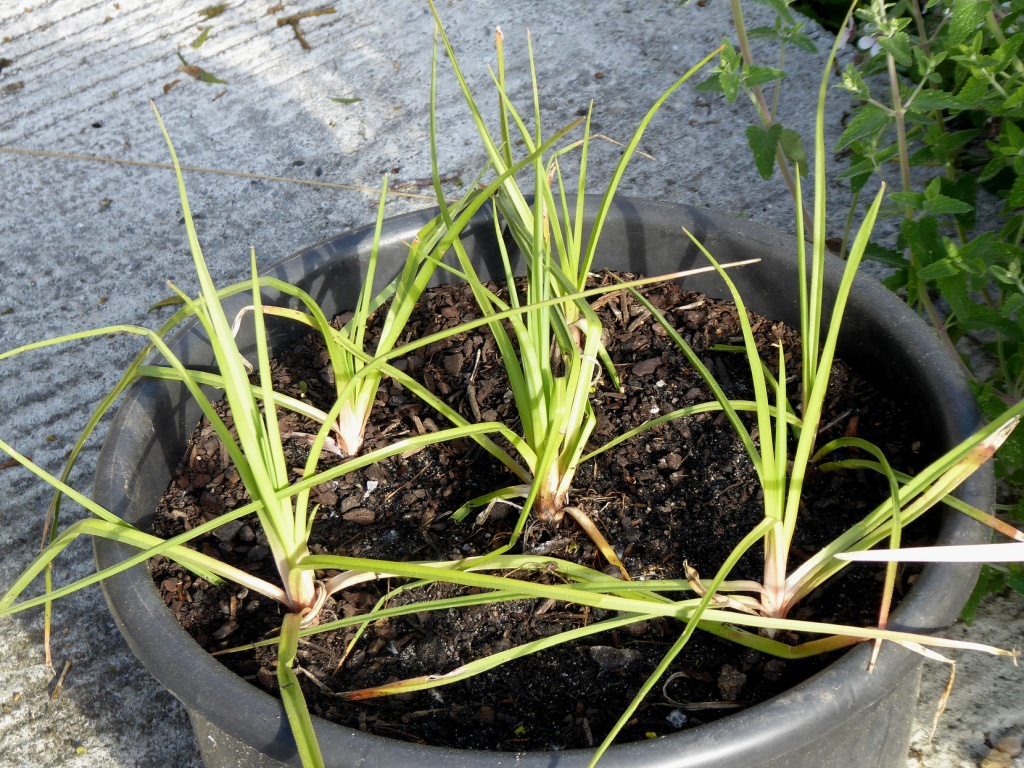
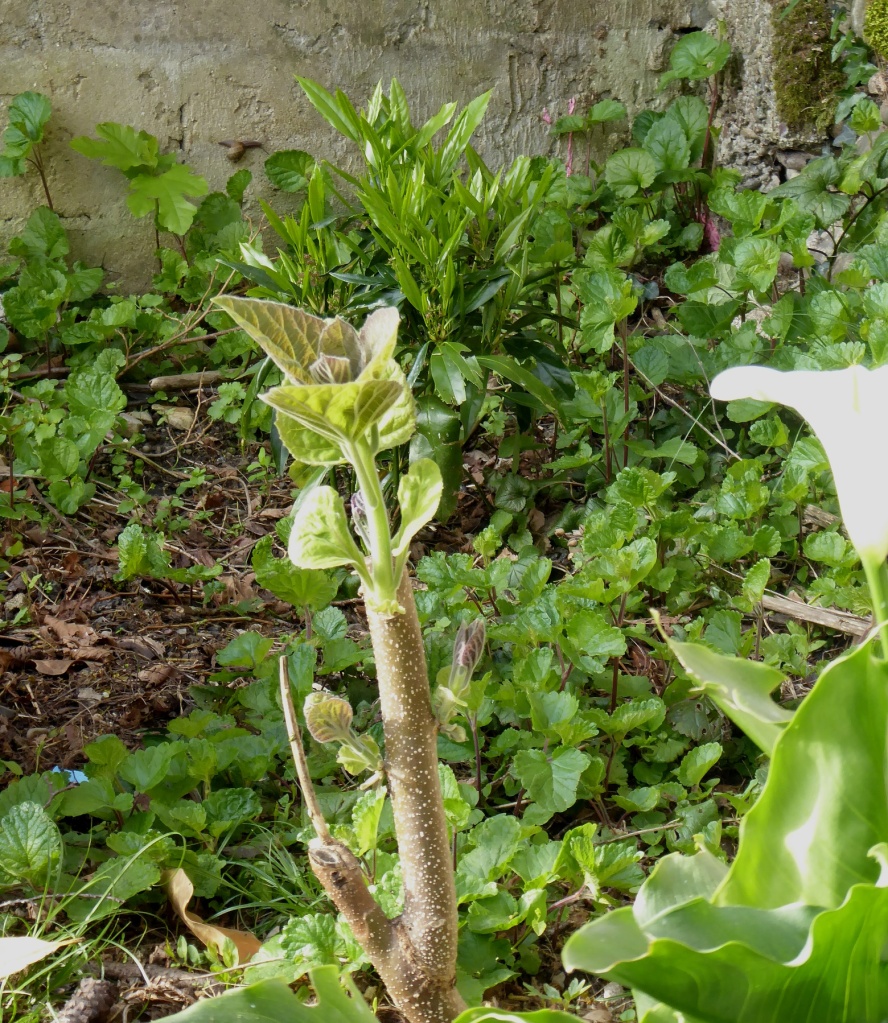
By contrast, Paulownia tomentosa will become a 30m tree if you let it. I grew two of these from seed that a friend gave me, and this is their 2nd year of being chopped almost to the ground late autumn/early winter. Last year they grew back to over 3m, so I am guessing they will be looking over the garden wall this year, with massive plate-shaped leaves. Ok, no pretty purple flowers grown this way, but the leaves are very dramatic and utterly unstoppable. The latter is true, because the giant stems that we cut down and are now using to protect the potato plants from the cats, are actually budding! Given half a chance, we would have a Paulownia forest if we upended the sticks and stuck them in soil. Kind of sc-fi-ish really.
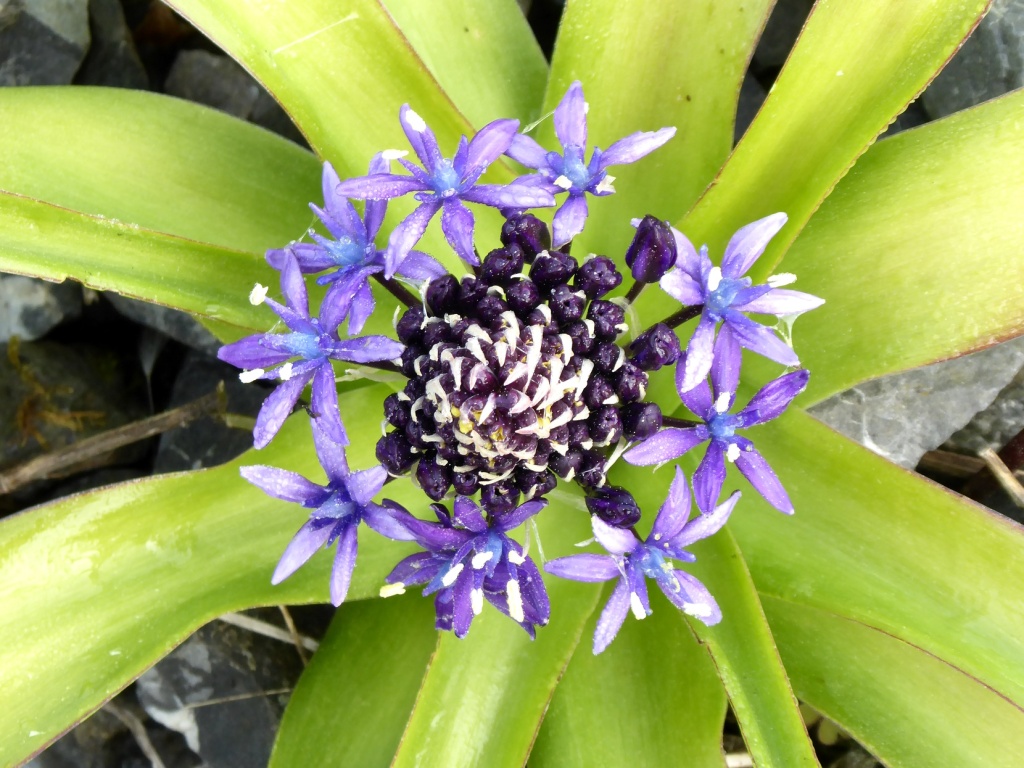
A Tostat friend gave me 6 small bulbs of Scilla peruviana, which I planted out in the dry ‘garrigue’ garden in early Spring. Only one has flowered so far, and it is a starter flower, so quite modest. I think that they will like it there, so a shot of blue would be lovely next year.
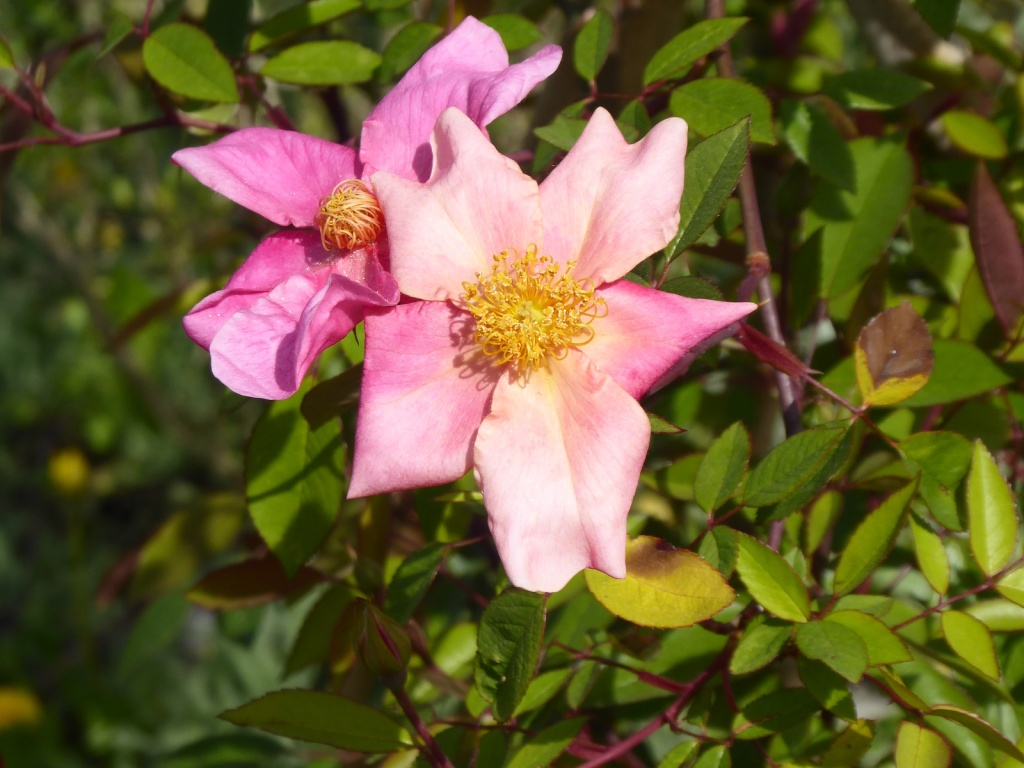

Rosa chinensis ‘Mutabilis’ has become Rosa x odorata ‘Mutabilis’ in the UK. It is a fabulous rose, tough, undemanding and flowers for months on end, with the beautiful colour changes it is famous for. It can be a bit of a toughie, so this plant, only 2 years old, has been given a bit of a perch to sit on in the ‘garrigue’ garden, which also means we can see it a bit better from up the hill. And look how well the Achillea crithmifolia has worked as a ground cover underneath it, it has taken a year or so but has really done the job, and I like the feathery foliage and the small cream flowers as a bonus.

Thought I had lost this fabulous blue Salvia cacaliifolia. I bought it several years ago from the best nursery in SWest France in my humble opinion. Bernard Lacrouts is not only an expert plantsman but a very helpful source of advice and counsel, and his nursery is always worth a visit. I was there last week hoping to find another plant of this Salvia, but he has stopped growing it commercially, so instead I bought some other Salvias, of which more later. But, two days later, with some of our first warm sunshine this month, I could see it re-growing in the 2 pots I had been about to replant. Phew! It is an unusual Salvia, the gentian-blue flowers are gorgeous, but so is the almost twining foliage, which you could probably persuade to climb a little with some support. I will do that.








